This is to mean that the weight or thickness of the fabric to be used is one of the most important fundamental considerations that a sewer or a designer should consider each and every time they are working on a sewing project. Weight of the fabric affects the functionality of the fabric as far as drape ability and augmented wear abilities go and its application. In this full tutorial guide to fabric weight, let’s learn about fabric weight and how you can select your perfect fabric.
What is fabric weights?
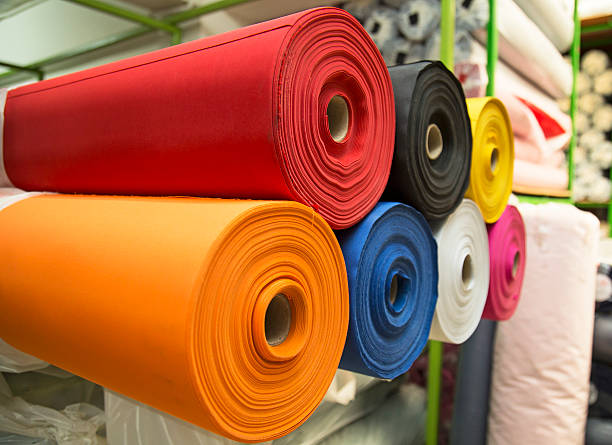
Cloth density is determined by the weight per unit area of a fabric and can be expressed either in grams per square meter (gsm) or ounces per square yard (oz/yd²). What it reveals is how heavy weight fabric or how light weight a specific square meter or yard of fabric is. Polyester fabric weight can influence the feel of the fabric, its thickness or thickness of feel and texture.
Types of Fabric weight
Fabric weight can be broadly categorized into three main types: These included the Lightweight fabric, medium to lighter weight fabrics and Heavy weight categories. However, each type has its application and features that distinguish it from other types of Universalists.
Lightweight Fabrics
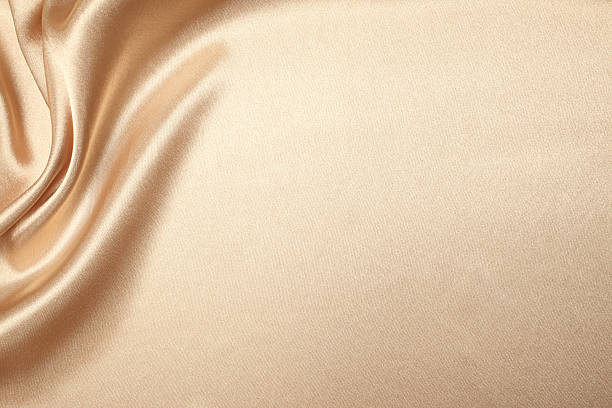
Examples: Chiffon, organza tulle, voile lawn, silk.
Characteristics:
- Sheer or semi-sheer
- Soft and delicate
- Excellent drape
- Breathable
Uses: Summertime costumes and clothes, blouses, dresses, scarves, and even under garments are well suited for this category of fabrics. Such scarves are ideal for midterm projects that require the fabric to have a flowy feel and look.
Medium Weight Fabrics
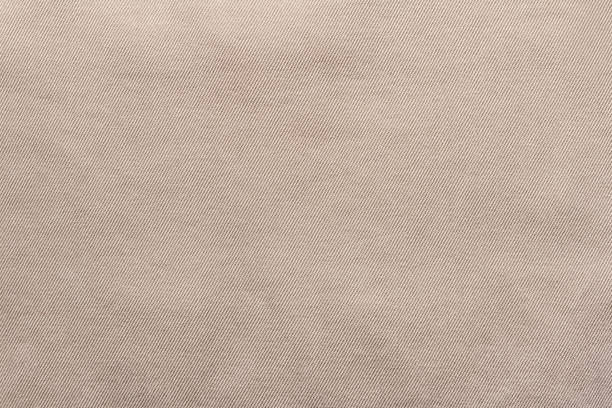
Examples: Muslin, Lawn, Broadcloth, Canvas, Twill, Lightweight denim, Batiste.
Characteristics:
- Versatile and durable
- Moderate drape
- Comfortable
- Easy to sewing pattern
Uses: The medium weight fabric category of garments are the most suitable fabric for wearing every day clothing like shirt, dress materials, shirtings, skirts, and trousers. They are also very ideal for home décor Projects, for instance Curtain Making, Table cloths and Pillow cases among others.
Heavy weight fabrics
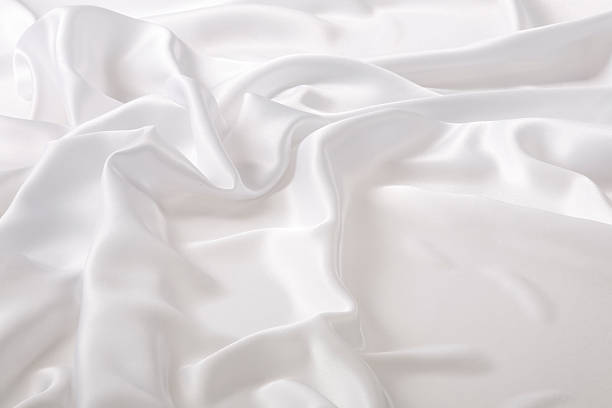
Examples: Twill, Oxford, Sateen, Duck, Cavalry Twill, Sharkskin, Barathea, Gaberdine, Serge, Whipcord, Moleskin, Poplin, Hopsack, Lining Cloth, Beave
Characteristics:
- Thick and sturdy
- Limited drape
- Durable and long-lasting
- Provides warmth
Uses: Wearable applications include suits, coats, trousers, shirts, jeans, jackets, and bags while interior applications include furniture, automotive interiors, and related applications. They are suitable for use in construction projects to offer strength and durability throughout the construction process.
How to Choose the Right Fabric Weight
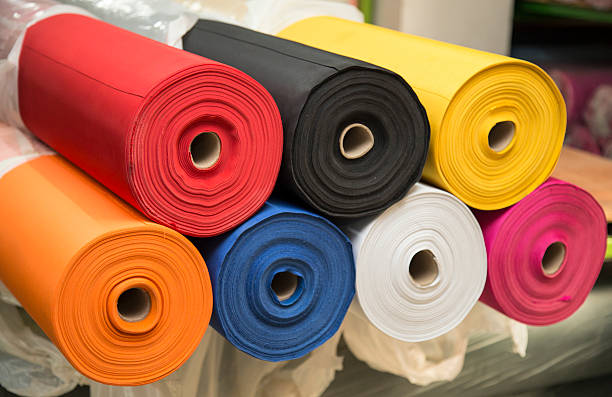
Choosing the right fabric weight for your project involves considering the following factors:
1. Project Type
Think about where the final product will serve its purpose and who will benefit from it. When selecting fabric weighs materials, revelation and elasticity are important; thin materials are most appropriate for lightweight summer wear or lighter weight fabric and thick ones for winter wear and for items that are required to have structural rigidity.
2. Climate
It might not be as critical as the climate where you will wear or use the finished product. Cotton and polyester are common fabrics used in the production of summer clothing because they are light and come with a mesh like we discussed above while for winter we have heavier fabrics, like woolen and heavy cotton.
3. Drape
Drape can mean the way the fabric lays or even how the garment hangs. So lightweight fabrics have quite a drape in the way the material moves which is perfect for garments with a flow or movement, while heavyweight fabrics have a structured drape, which is more appropriate for formal pieces.
4. Sewing Skill level
However, the fabrics vary in terms of their pliability and convenience to the designer. Medium weight fabrics cannot cause as much trouble as very light ones or very heavy ones, so they can be rather helpful for a beginner. Soft fabrics such as, light fabrics slip easily and present some difficulties and on the other hand, heavy fabrics really strain the needles and the machines.
5. Pattern Requirements
Sewing patterns have fabric weight recommendations so make sure to check for these before you start attaching buttons. Fabrics have their weight depending on their construction which is usually taken into consideration when designing patterns to attain the required garment’s feel and fit.
Typical weights for garments
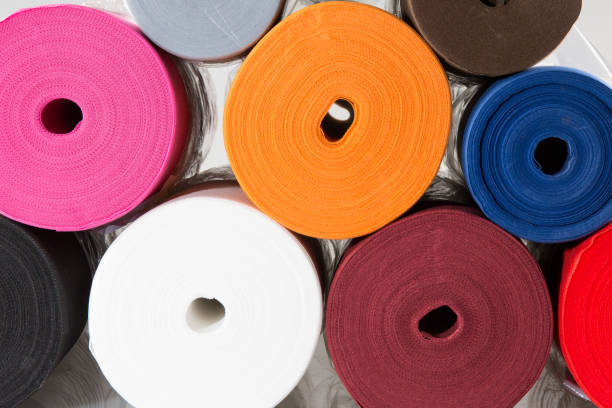
By discussing the most popular weights of fabric that is used in distinct garments, you can easily identify whether you would require a few lighter fabrics or heavier fabric the next time you shop. Here is a breakdown of common garment types and their typical fabric weights:
Lightweight Garments (0-150 gsm)
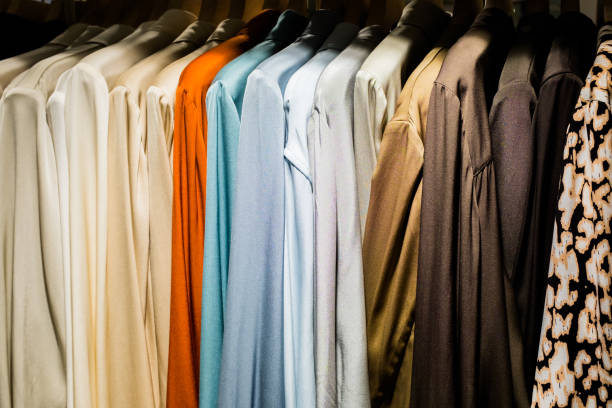
- Blouses and Shirts
- Fabric Weight: 70-150 gsm
- Common Fabrics: Fabric Choices: – Cotton lawn, Voile, Silk, Rayon, Lightweight Jersey
- Summer Dresses
- Fabric Weight: 80-140 gsm
- Common Fabrics: silk Chiffon, Georgette, Lawn, Voile
- Lingerie and Sleepwear
- Fabric Weight: 50-100 gsm
- Common Fabrics: Tissu De Soie, Tissu De Satin, Tissu De Jéré, Tissu De Cotton Lawn
- Scarves and Wraps
- Fabric Weight: 30-100 gsm
- Common Fabrics: There are many types of the fabrics that include silk, chiffon and voile.
Medium Weight Garments (150-300 gsm)

- T-Shirts
- Fabric Weight: 160-220 gsm
- Common Fabrics: Cotton Jersey: A type of fabric, Rayon Jersey: Another type of fabric, Polyester Blends: This refers to a type of fabric made from an incorporation of polyester.
- Casual Dresses and Skirts
- Fabric Weight: 150-250 gsm
- Common Fabrics: Cotton, Linen, Rayon, Mediumweight Jersey
- Pants and Trousers
- Fabric Weight: 180-300 gsm
- Common Fabrics: Twill, Chino, Linen, and Lightweight Def for short and Capsule or Light Weaver for long.
- Shirts and Blouses (Structured)
- Fabric Weight: 150-200 gsm
- Common Fabrics: Chintz, georgette, muslin, poplin, chambray, oxford
- Sweaters and Cardigans
- Fabric Weight: 200-300 gsm
- Common Fabrics: Wool, Cashmere, Medium-weight knit fabric.
Heavyweight Garments (300+ gsm)
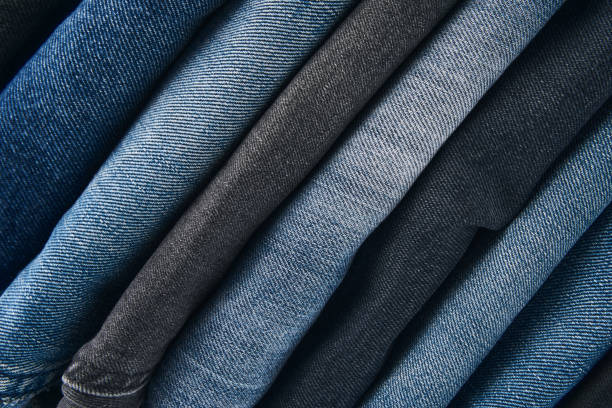
- Jeans and Denim Jackets
- Fabric Weight: 300-500 gsm
- Common Fabrics: Denim
- Winter Coats and Jackets
- Fabric Weight: 400-800 gsm
- Common Fabrics: The fabrics that are to be used include Wool, Heavy Tweed, Heavy Canvas
- Sweatshirts and Hoodies
- Fabric Weight: 300-400 gsm
- Common Fabrics: It includes a Fleece, Heavy Jersey, and Sweatshirt Fleece.
- Workwear and Overalls
- Fabric Weight: 300-600 gsm
- Common Fabrics: Cotton has many kinds; there includes Canvas, Duck Cloth and Heavy Twill.
- Upholstery and Bags
- Fabric Weight: 300-800 gsm
- Common Fabrics: Heavy canvas which is used for tents and up holstry, fabric used for upholstery fabric, leather.
How to work out the weight of your fabric weight?
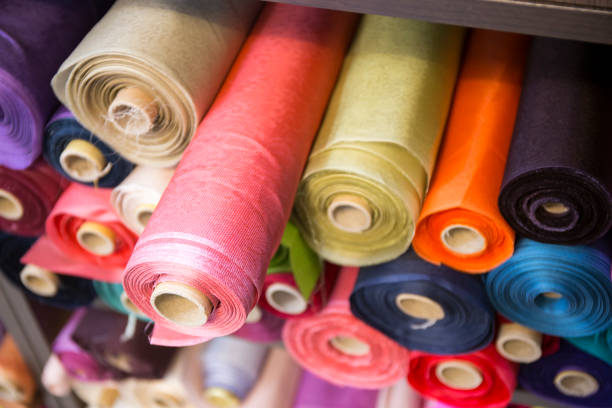
For example, in order to determine the weight of your fabric, first measure 10 cm x 10 cm (or 4 inch x 4 inch) of your fabric in a very accurate and neat way and choose another fabric. Bearing in mind that ¼ g of the weigh–bridge capacity is equivalent to 500 grams, measure this sample on an accurate digital scale to get its weight in grams. Then, divide the fabric weight by the area and multiply the figure by 100 because fabric weight important can also be expressed in grams per square meter (gsm). For example, a mere sample weighing 2 grams would give a fabric weight measured of 200 grams per square meter.
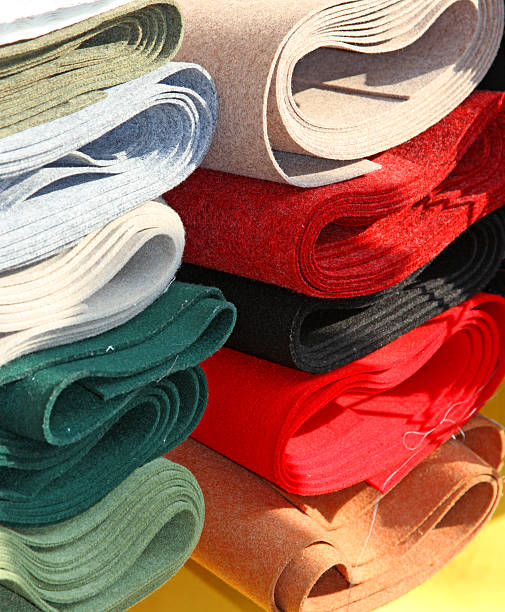
If necessary, one can cross this number by 0 to get the weight in ounces per square yard (oz/yd²), but more often gsm is used. 0295. For instance, the gsm of one hundred and twenty would be equal to approximately 5. 9 oz/yd². It also helps you single out the fabric weight with ease; hence, ease when choosing the right fabric type for sewing.
Measuring Fabric Weight
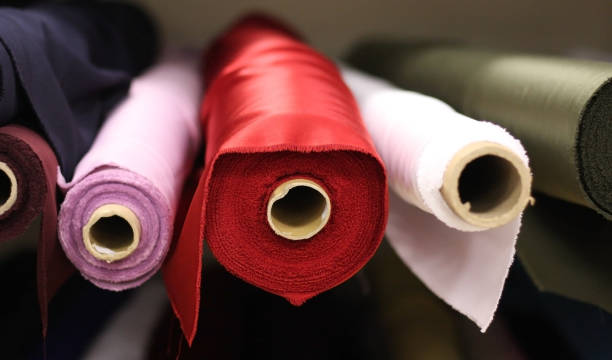
To determine the fabric weight, take small dimensions of the fabric sample, mostly 10cms x 10cms (4ins x 4ins) and weigh it on an electronic balance to obtain its weight in grams. After that, to find the fabric weight in grams per square meter (gsm) the figure in the sample fabric weight guide in box has to be multiplied by 100. For instance, if the sample weighs 2 grams, then the fabric weight is approximately 200 grams per square metre.

To change it to ounces per square yard (oz/yd²), one must multiply the gsm by 0.0295 when the outcome of 200 gsm converts to approximately 5.9 oz/yd². It enables you to calculate the fabric weight with much precision and thus guide you in the right type of cloth for your projects.
What can fabric weight tell you?
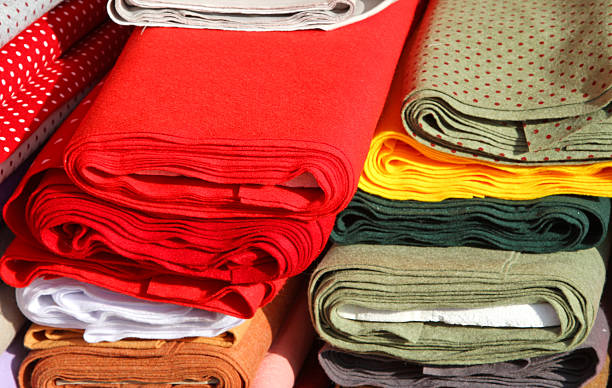
The fabric weight entail important facts about the density of the given fabric and […]; it offers important data about the fabric plus its strength and usability for several projects. Because heavier denim denser textile materials have more volumetric density, has stronger structure and warmth, it is used for outer wear, furniture upholstery and vocations. On the other hand, there are advantages when using lighter fabric since they are breathable before having a good drape and hence suitable for summer garments, delicate blouses and scarves. By having dry awareness about weight of the specific fabric, you will be able to select right fabric that is apt for the project at hand and physical characteristics such as comfort, functionality, and overall look.
Conclusion
To be more specific, finding a way for the best description of suitable fabric weight is highly important for a seamstress. Through the understanding of the b) type of project, c) climate, d) drape, e) sewing skill level, and requirement of the sewing pattern, one will be able to decide on the right weight of cloth to use. The weight of the fabric that one uses will determine whether the final product turns out to be perfect, whether it is a summer dress to or winter coat you are sewing. Happy sewing!
FAQs
What is fabric weight and why is it important?
Fabric weight focuses on the thickness or mass per unit area of fabric, often expressed in grams per metric square meter (gsm) or ounces per standard square yard (oz/yd²). This is in regard to functionality and usefulness of fabric or suitability of the fabric for one project or another.
How do I measure the weight of my fabric?
To use this method to determine fabric weight, you need to cut a piece of the fabric in a 100mm x 100mm (4” x 4”) square form and weigh it using an electric balance. Finally, if the sample weight is given in any other unit of weight, multiply the sample fabric weight chart above by 100 to obtain the fabric weight in grams per square meter (GM or gsm). To convert gsm to ounce per yard square or, use the formula gsm × 0 = oz/yd². 0295.
What are the typical weight ranges for different types of garments?
Lightweight (0-150 gsm): Blouses, summer dresses, underlays, scarfs
Medium weight (150-300 gsm): T-shirts, casual dresses, pants, shirts
Heavyweight fabric (300+ gsm): trousers, shirts, blazers, outerwear, knitwear, functional wear
How does fabric weight affect garment choice?
These types of fibers are widely used in outerwear and other products that require better structure and warmth resilience. It is a semi/heavy fabrics Having a tighter weave, larger pore structure and good breathability, these fabrics are suitable for summer wear and delicate apparel.
Can I use fabric weight to determine the fabric’s quality?
It is clear this complicated index is not solely dependent on fabric weight. On its own, yarn doesn’t tell a fabric’s entire story; it should be taken into account along with other factors of fabric weave, including the fiber content, the weave structure, and the type of finish applied to it with a view to determining quality and suitability for a specific project.
How do I convert gsm to oz/yd²?
To calculate the fabric weight in oz/yard² , the fabric weight in gsm must first be converted to the gsm number which will be the result of dividing the oz/yard² by 0. 0295. For example, 200 gsm is about 5 inches thick; Originally the iPad was released in the market with the thickness of 13.4 millimeters, and its updated version is 9.4 millimeters thick. 9 oz/yd².
What fabric weight is best for summer clothing?
As for summer, loose and airy designs made of lightweight fabrics will suffice as those starting from 0 to 150 g/metr are ideal for hot climate. These lightweight materials include, chiffon, voile and cotton fabrics that fall in the lighter category of fabric.
What fabric weight is suitable for winter clothing?
When it comes to the different weights and types of winter clothing fabrics, it is recommended you use fabrics that weigh 300gsm and above as they are heavy and give clothing a structured look. There are specific fabrics that are relate to this category and they include wool, heavy denim and tweed.
Is there a standard fabric weight for T-shirts?
T-shirts are usually found to be in the medium weight fabric such as medium weight wool and the weight of t shirt that spans from 160-220 gsm. This offers weight, resistance, softness, strength, and flow, thereby creating harmony.
Can I measure fabric weight without cutting the fabric?
It is not usually possible to estimate fabric weight without cutting a sample to weight it properly. Nevertheless, the fabric weight is usually given by manufacturers, and this information can be rated using the fabric if it is not cut.


